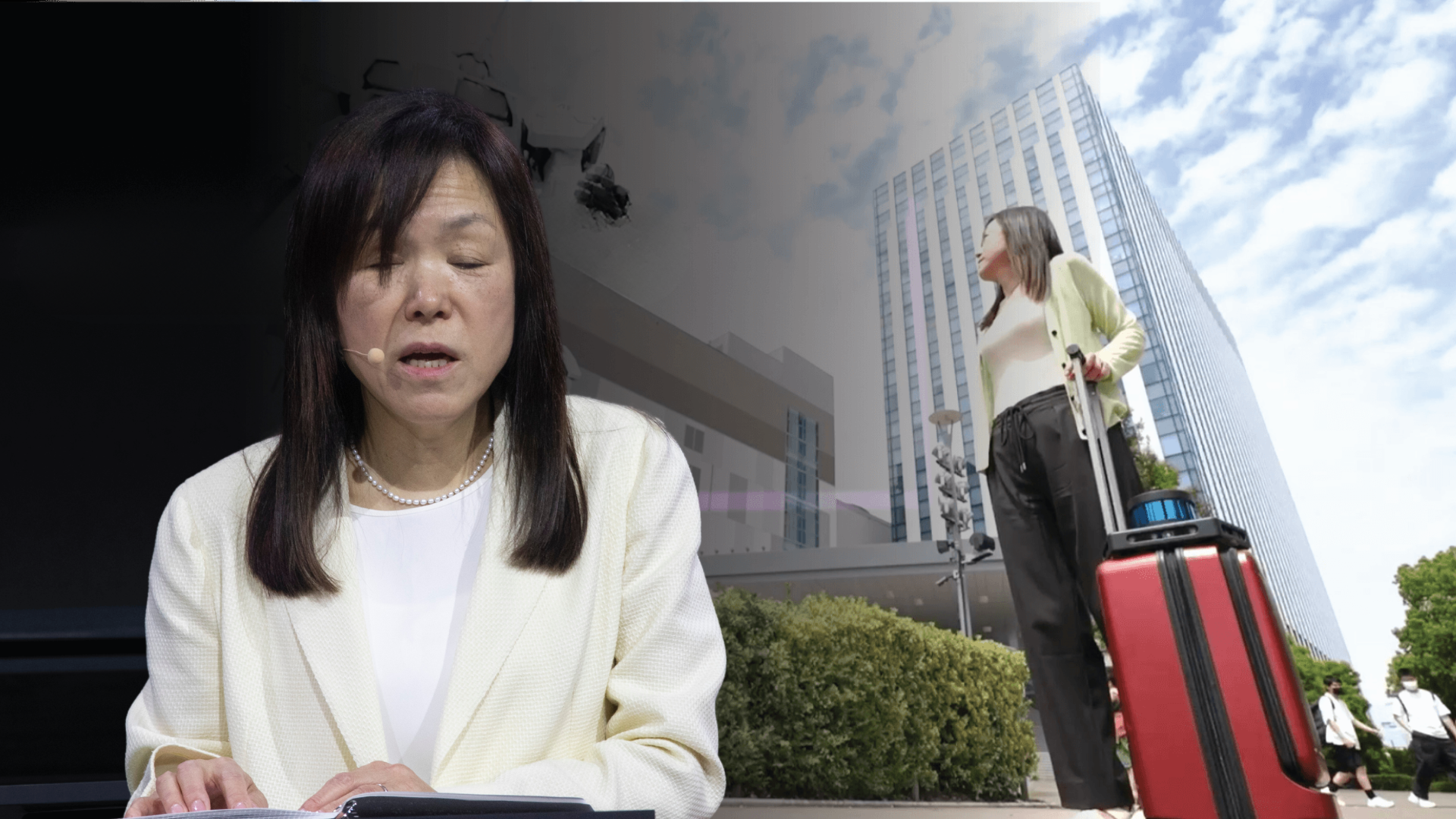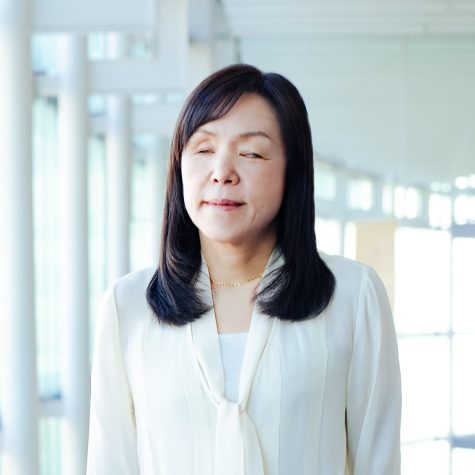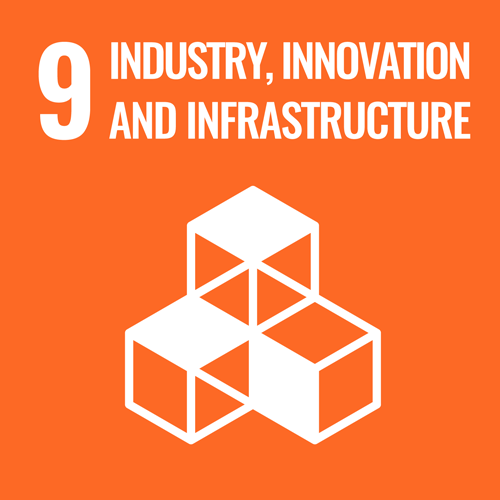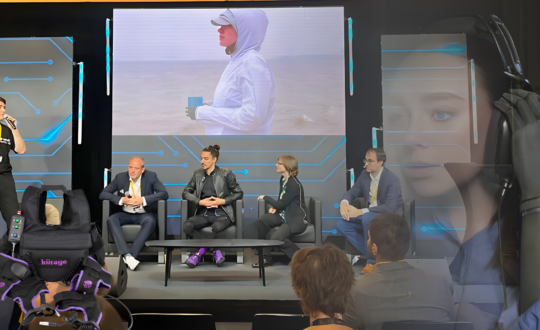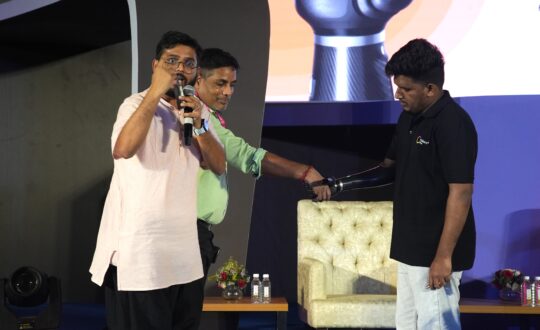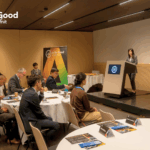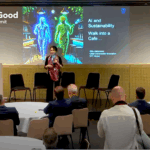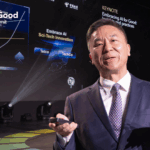The future of accessibility is being reshaped by AI, as innovators like Chieko Asakawa work to empower people with disabilities through groundbreaking technologies. At the 2024 AI for Good Global Summit, Asakawa, an IBM Fellow, captivated the audience with her vision of a more inclusive world, where AI not only assists but transforms the lives of the visually impaired. Her journey, marked by both personal and professional milestones, highlights the profound impact that AI can have on enhancing independence and inclusion for those with disabilities.
A Personal Journey of Innovation
Chieko Asakawa’s story is one of resilience and innovation. At the age of 14, she lost her sight due to an accident, an event that fundamentally changed her life.
“One of the challenges I faced as a blind person was mobility. I couldn’t go to school by myself, I couldn’t go shopping by myself, I couldn’t go anywhere by myself,” she shared.
This experience fueled her desire for independence and ignited her passion for invention and innovation. Her journey eventually led her to IBM, where she began working on accessibility technologies in 1985.
IBM’s commitment to accessibility dates back to 1914 when the company hired its first employee with a disability. This long-standing tradition of inclusivity provided Asakawa with a supportive environment to develop groundbreaking solutions for people with disabilities. Her early work focused on information accessibility, leading to the development of Braille digitalization technologies and the IBM Homepage Reader in the 1990s.
A Navigation Robot for the Visually Impaired
One of Asakawa’s most significant recent innovations is the AI suitcase, a navigation robot designed to assist visually impaired individuals in navigating their environments. Drawing inspiration from science fiction, particularly a Japanese TV show featuring a robot that helps a young boy by providing real-time information about his surroundings, Asakawa sought to bring this vision to life.
The AI suitcase is equipped with a variety of sensors, including a LiDAR sensor that measures the distance to surrounding objects, and RGB depth sensors that detect pedestrians. Inside the suitcase, a GPU computer handles image analysis, while another computer manages localization, controls, and user interface through a smartphone. The suitcase also features a special handle that vibrates to indicate turns and stops when released, allowing for intuitive navigation.
Asakawa demonstrated the potential of the AI suitcase through a video, showcasing its ability to guide users to various locations, provide information about nearby shops, and even describe landmarks.
“If we can use AI for good, our world will become more inclusive and accessible,” underscoring her vision for a more inclusive future driven by technology.
Watch the full session here.
From Invention to Integration
While the AI suitcase represents a significant advancement in assistive technology, Asakawa acknowledged that there are challenges to its widespread adoption. One of the key issues is social acceptance. Asakawa highlighted the importance of updating existing laws and regulations to accommodate new technologies like the AI suitcase. For example, in Japan, traffic laws require visually impaired individuals to carry a white cane or be accompanied by a guide dog when navigating public spaces. Similar laws exist in many other countries, creating potential barriers to the adoption of AI-driven mobility aids.
Asakawa also emphasized the need for societal understanding and acceptance of new technologies.
“Invention and implementation are a pair, […] a great invention cannot improve quality of life if real users do not use them or if they are not implemented into society,” she noted.
She pointed out that privacy concerns and safety issues, particularly with technologies like smart glasses and autonomous vehicles, can hinder the implementation of AI solutions for people with disabilities.
To address these challenges, Asakawa called for continuous communication between technologists and society.
“We always must explain the progress of technology, […] how safe and trustworthy that technology is,” she stated.
By fostering a mutual understanding, she believes that society can become more inclusive and accepting of technologies that empower people with disabilities.
The Broader Impact of Accessibility on Society
Asakawa’s work extends beyond individual empowerment; it also has broader implications for society as a whole. She highlighted the economic impact of excluding visually impaired individuals from full participation in society. In 2018, the estimated annual cost of potential productivity losses due to visual impairments was $410 billion, or 0.3% of the world’s GDP. Asakawa argued that by enabling visually impaired people to participate more actively in society through technologies like AI and robotics, we can improve productivity and create a more inclusive and prosperous world.
The history of technology is filled with examples of innovations driven by the needs of people with disabilities. Asakawa cited Alexander Graham Bell, who invented the telephone and became interested in acoustic engineering due to his mother’s hearing impairment, and Vint Cerf, who designed the internet’s basic protocol while motivated by his own hearing challenges. These examples illustrate how accessibility needs can drive technological advancements that benefit everyone.
A Vision for an Inclusive Future
Asakawa is optimistic about the future of accessibility technologies and their potential to transform society.
“Accessibility could be a flagship case for cutting-edge AI and robotics and accelerate social implementation by clearly showing how such innovations have the power to change our quality of life. I strongly believe it will lead us to the next generation of breakthrough invention,” she explained.
As the world moves towards a future where AI plays an increasingly central role, Chieko Asakawa’s vision of inclusivity and accessibility offers a powerful example of how technology can be used for the greater good. Her work is a testament to the power of technology to break down barriers and create a more inclusive world. Her innovations, particularly the AI suitcase, demonstrate how AI can be harnessed to empower individuals with disabilities and enhance their independence.



